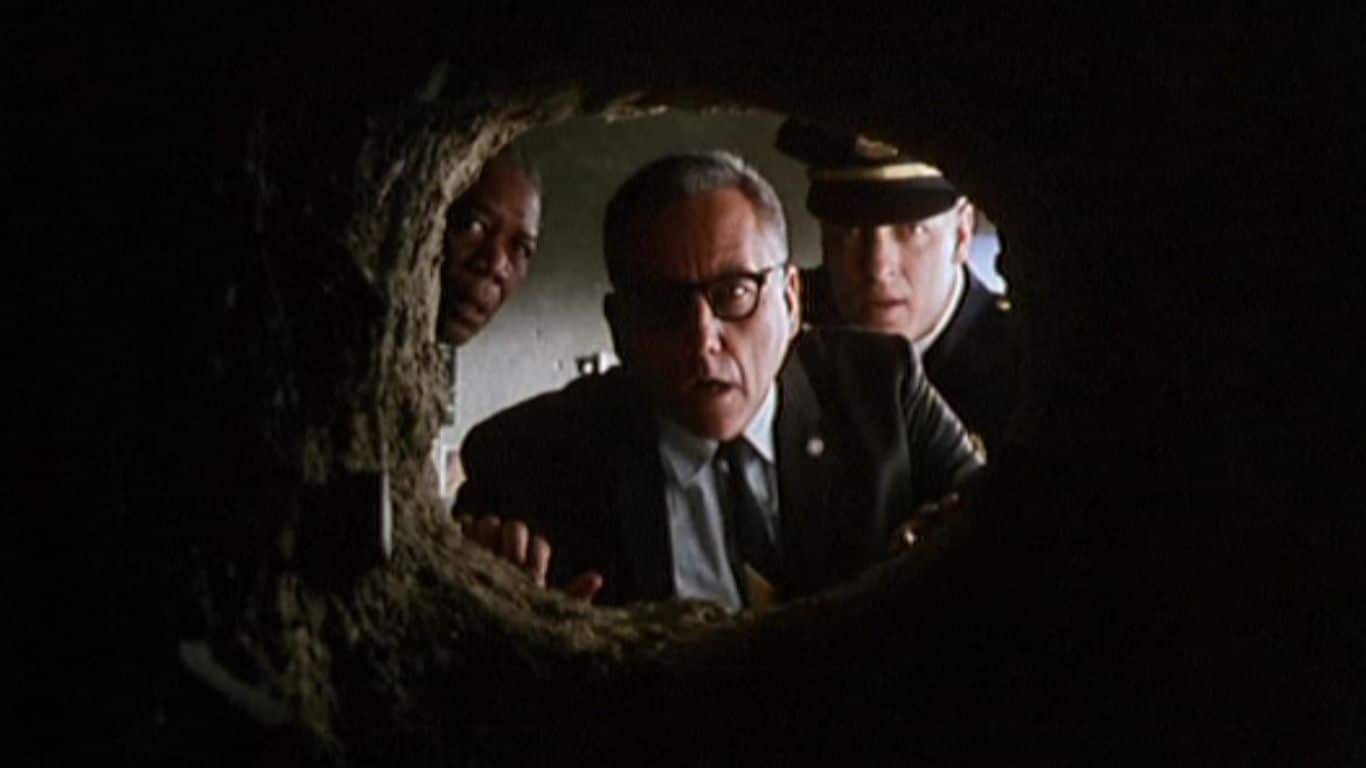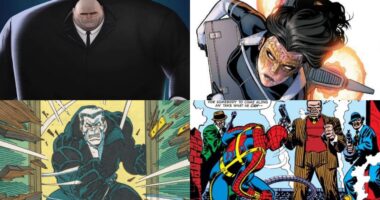If a film holds a mirror to our world, then plot holes are the small cracks in the glass — often negligible at first glance, but still capable of distorting the entire reflection. To the casual viewer, these inconsistencies might be mere pebbles on the cinematic path, but to a dedicated film buff, they are jarring stumbling blocks that keep them up at night. In this article, we will delve into the realm of cinema’s most prominent paradox, as we journey through the “10 Biggest Plot Holes that Haunt Film Buffs to This Day”. From unresolved character arcs to inexplicable event sequences, we’ll explore how these narrative glitches have burrowed their way into the frames of some of the most iconic films, questioning the perceived perfection of these cinematic masterpieces, and proving that even great filmmakers sometimes lose their grip on the thread of continuity.
10 Biggest Plot Holes that Haunt Film Buffs to This Day
The Dark Knight Rises (2012) – In what manner did Bruce Wayne return to Gotham City from the pit?

In “The Dark Knight Rises,” one of the plot holes that has puzzled viewers involves Bruce Wayne’s journey back to Gotham City from the Pit. The Pit is a prison located in a remote area, and Bruce is shown to be injured and without any resources for transportation. Yet, he manages to return to Gotham within a relatively short period.
It’s worth noting that director Christopher Nolan intentionally leaves certain gaps and ambiguities in his movies to encourage audience interpretation and discussion. The specific details of Bruce’s return from the Pit are left open-ended, leaving room for speculation and allowing viewers to fill in the gaps with their own theories.
Jurassic World (2015) – Lost In Translation
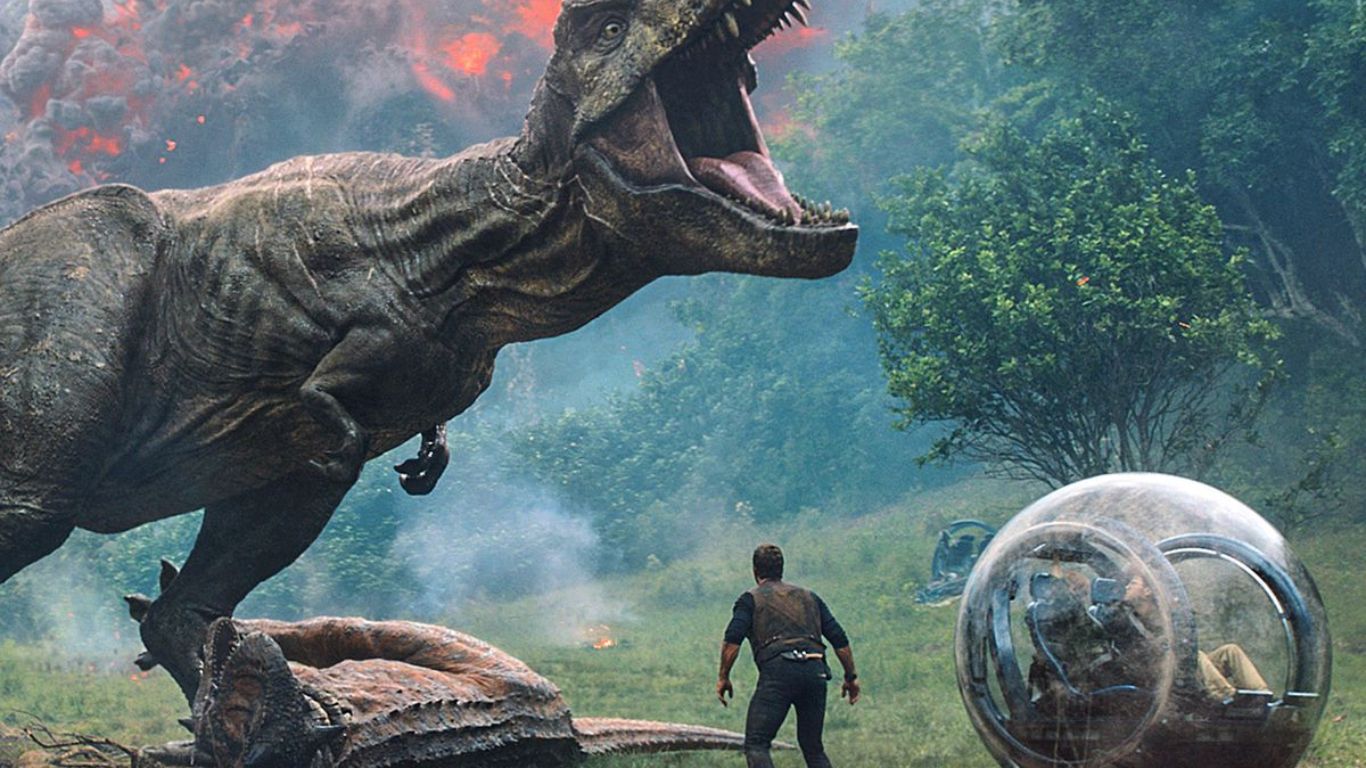
At the end of “Jurassic World,” there is a plot hole concerning the cooperation and communication between the T-Rex and Velociraptor during their battle against the Indominus Rex. It seems unlikely that these two species, which did not coexist in the real world, would be able to coordinate their efforts and communicate effectively.
In the climactic scene, the Velociraptor appears just in time to save the T-Rex from a fatal attack by the Indominus Rex. The raptor then jumps onto the T-Rex’s back, seemingly with a strategic purpose, to gain a better vantage point for their combined attack. This level of coordination suggests a level of understanding and teamwork between the two species that goes beyond instinct.
After their successful takedown of the Indominus Rex, the T-Rex and Raptor share a significant moment where they acknowledge each other’s presence and even exchange what appears to be a gesture of mutual respect. This goes against what we know about the behavior of these animals in the real world and raises questions about their sudden ability to communicate and form alliances.
The Matrix (1999) – Energy efficiency
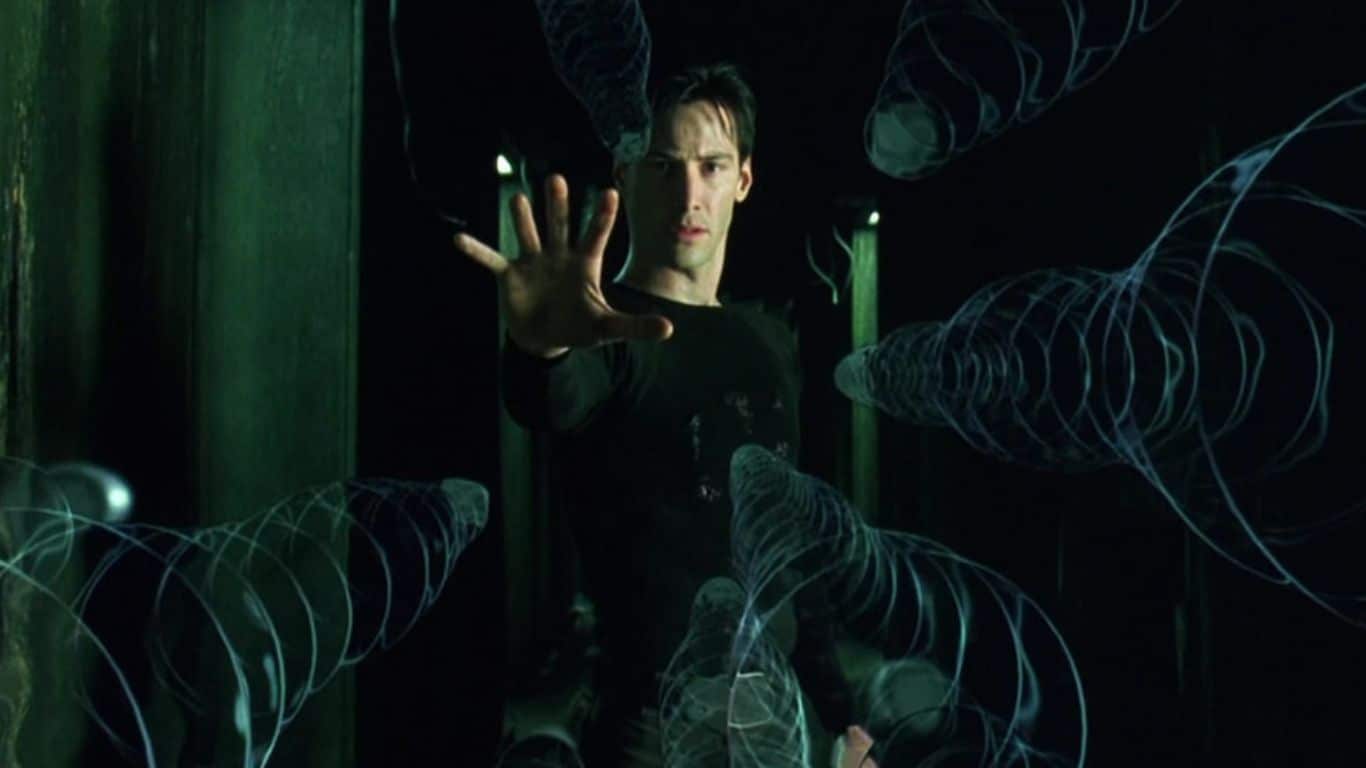
The idea that humans would be a viable energy source is scientifically implausible. The amount of energy required to sustain human bodies, provide them with nutrients, and maintain their overall well-being would far surpass the energy the human body could produce. It is more energy-efficient to generate electricity using other means, such as solar or nuclear power, which raises the question of why the machines would rely on humans as an energy source.
Inception (2010) – Concept of time and the synchronization of dreams within dreams

One of the most debated plot holes in the movie “Inception” revolves around the concept of time and the synchronization of dreams within dreams. The plot hole involves the amount of time experienced in each layer of the dream and how it relates to the time in the layer above.
In the film, the characters enter multiple layers of dreams, with time perceived at a slower pace in each subsequent layer. For example, five minutes in the real world could translate to an hour in the first dream layer, ten hours in the second, and so on. However, when the characters go deeper into the dreams, the time ratio seems to become inconsistent.
The main plot hole arises when the characters reach Limbo, the deepest level of dreaming. In Limbo, time is depicted as passing at an even slower rate than in the previous dream layers. However, despite spending what feels like decades in Limbo, the characters manage to return to the upper dream layers within a relatively short time frame in the real world.
This inconsistency raises questions about how the time dilation between dream levels functions in Limbo. If time slows down significantly in the deeper levels of dreams, logically it would take a considerable amount of time to travel back up to the higher levels or the real world. Yet, the characters seem to bypass this extended duration and return relatively quickly.
The Terminator (1984) – Motivations of Skynet
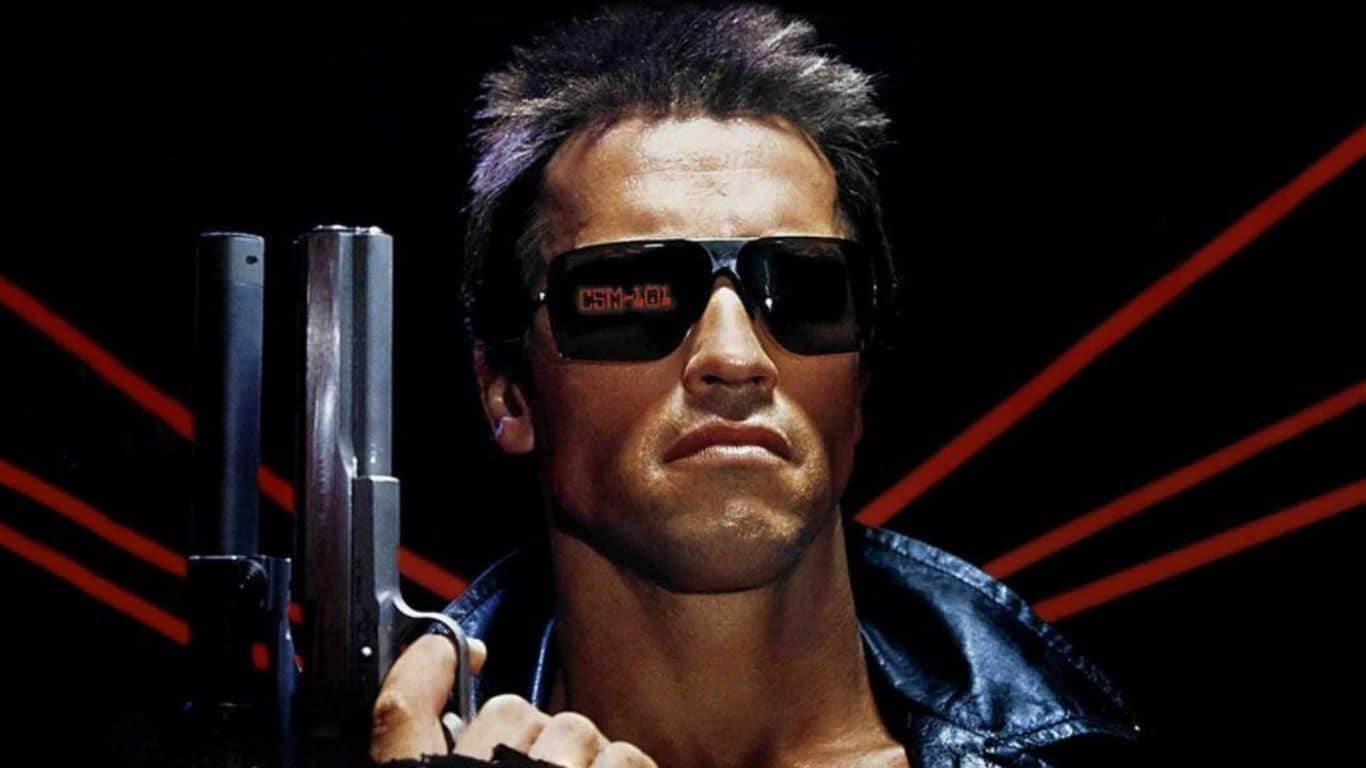
In the 1984 film “The Terminator,” one notable plot hole revolves around the time travel mechanics and the motivations of Skynet, the AI system that sends the Terminator back in time to kill Sarah Connor. The plot hole is as follows:
If Skynet sent the Terminator back in time with the intention of eliminating Sarah Connor to prevent the birth of John Connor, the leader of the human resistance, it raises the question of why Skynet didn’t send multiple Terminators or ensure the success of the mission by using alternative means.
In the film, Skynet is depicted as a highly advanced artificial intelligence capable of time travel and sophisticated strategic planning. Given its vast resources and knowledge, it seems illogical that Skynet would rely on a single Terminator to complete such a critical mission. If the goal was to prevent John Connor’s birth and the subsequent human resistance, it would make more sense for Skynet to send multiple Terminators or deploy a more foolproof method to ensure Sarah’s demise.
Harry Potter and the Prisoner of Azkaban (2004) – Time-Turner by Hermione Granger

Plot holes in Harry Potter and the Prisoner of Azkaban (2004) involves the use of the Time-Turner by Hermione Granger. The Time-Turner allows her to go back in time and attend multiple classes simultaneously, but it raises several questions and inconsistencies within the story.
- Limited Use: The Time-Turner is introduced as a device to help Hermione attend multiple classes, but its potential seems underutilized. If time travel is possible, why is it not used to solve more significant problems in the wizarding world, such as preventing tragic events or altering history?
- Sirius Black’s Escape: Towards the end of the movie, it is revealed that Hermione and Harry used the Time-Turner to save Buckbeak the hippogriff and Sirius Black from execution. However, this creates a paradox. If they successfully saved Buckbeak and Sirius, then why did they initially believe they were dead and act accordingly? If they had not intervened, the original timeline would have been altered, and their future selves wouldn’t have needed to travel back in time.
- Changing the Past: The concept of changing the past through time travel in the “Harry Potter” universe is presented as a possibility. However, this raises questions about the stability and consequences of altering events. If events can be changed in the past, why are there no significant consequences or ripple effects in the present timeline? It seems inconsistent that major alterations do not have lasting impacts.
Back to the Future (1985) – Grandfather Paradox

Biggest plot holes in the “Back to the Future” (1985) movie revolves around the photograph of Marty McFly and his siblings. In the film, Marty travels back in time to 1955 and accidentally interferes with his parents’ meeting, jeopardizing his own existence. As Marty tries to fix the timeline, he carries a photograph of his siblings, which begins to fade as his actions in the past alter the future.
The plot hole arises when Marty realizes that he has limited time to bring his parents together before he completely disappears. As the photograph continues to fade, Marty faces a race against time to ensure his own existence. However, if Marty were to vanish from the timeline, there would be no one left to go back to 1955 and cause the changes that led to his disappearance in the first place. This creates a paradox known as the “Grandfather Paradox.”
The Grandfather Paradox poses the question of what would happen if someone were to go back in time and kill their own grandfather before their parent was conceived. If the person’s grandfather was killed, their parent would never be born, which means the time traveler would never exist to go back in time and commit the act. This paradox challenges the consistency and logic of the time travel narrative.
In “Back to the Future,” Marty’s fading photograph suggests that changes in the past could prevent his own existence, but the film doesn’t provide a clear explanation of how Marty can still exist and travel back to the past if he were to disappear due to alterations in the timeline.
Titanic (1997) – Rose didn’t make room for Jack on the door
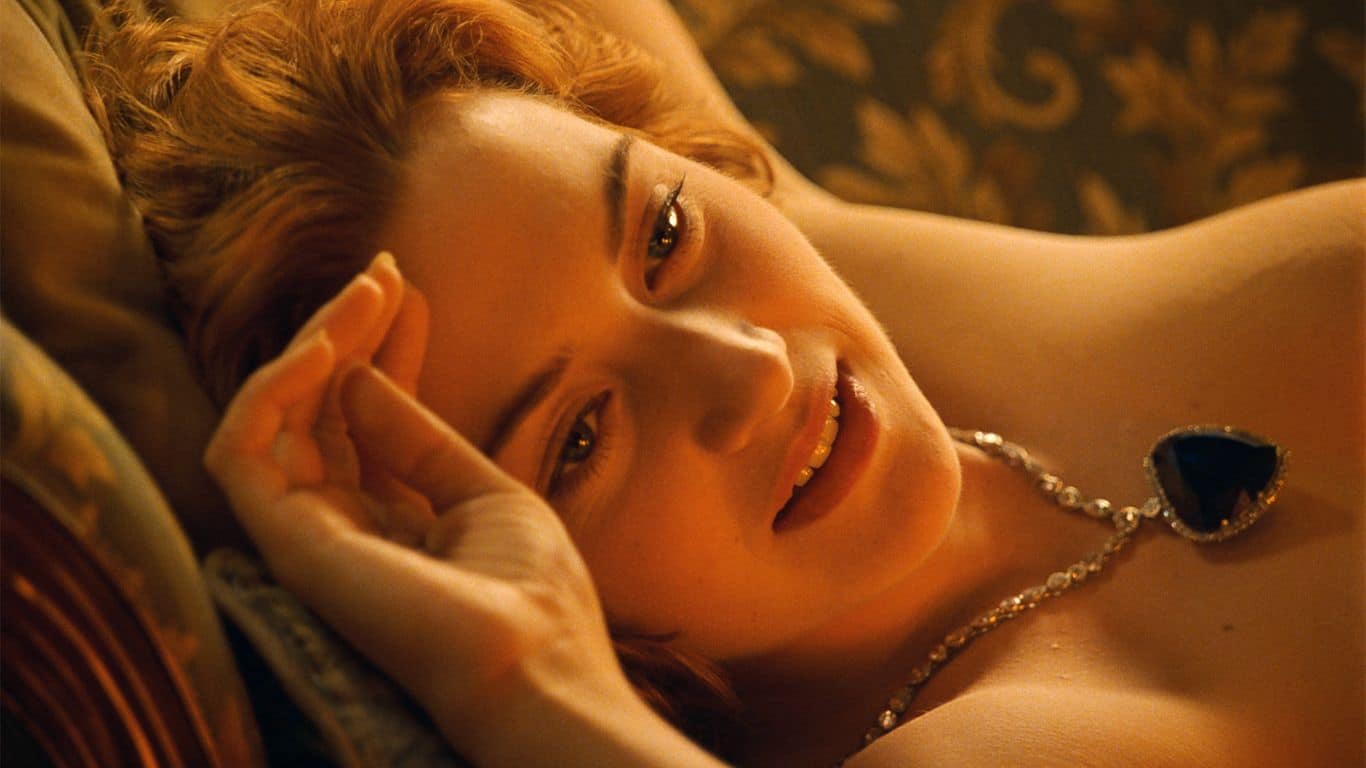
One of the biggest plot holes in the movie “Titanic” (1997) involves the door on which Rose (played by Kate Winslet) floats at the end of the film while Jack (played by Leonardo DiCaprio) is in the freezing water. Many viewers have questioned why Rose didn’t make room for Jack on the door, potentially saving his life.
The plot hole arises from the fact that the door appears to be large enough to accommodate both Rose and Jack. However, Rose does not make an effort to share the door with Jack, and he ultimately succumbs to the freezing water. This has sparked debates and criticisms over the years, with many arguing that the door was big enough to support both characters.
The Lion King (1994) – How Simba and Nala knew the exact location of the gorge

In the movie, Simba and Nala venture into the Elephant Graveyard, which they had been explicitly forbidden to visit. However, they end up getting trapped by a group of hyenas. Simba manages to escape and runs towards a nearby gorge, leading the hyenas to a dead end. This causes a massive wildebeest stampede, which ultimately results in Mufasa’s death.
The issue is that Simba and Nala had never been to the gorge before, and there is no indication that they had any prior knowledge of its existence. Yet, Simba instinctively runs in that direction, leading the hyenas and triggering the tragic events that unfold.
This plot hole raises questions about how Simba knew about the gorge and why he chose to run in that specific direction. It is an inconsistency in the film’s narrative and has been a subject of criticism and confusion among viewers.
The Sixth Sense (1999) – Character of Malcolm Crowe

In the movie, it is revealed towards the end that Malcolm is actually a ghost who has been dead since the beginning of the film. The plot hole arises from the fact that Malcolm interacts with other characters throughout the movie without them ever acknowledging or reacting to his presence.
Throughout the film, Malcolm has numerous conversations and interactions with his wife, Cole’s mother, other patients, and even a dinner party scene. However, it is never explained why none of these characters react or respond to Malcolm’s presence. They appear to completely ignore him or carry on conversations as if he’s not there, which is inconsistent with how ghosts are portrayed in the film’s universe.
While the movie presents the twist ending as a revelation, it raises questions about the logic and consistency of the ghostly interactions established earlier in the story. The plot hole lies in the lack of explanation for why Malcolm’s presence goes unnoticed by the living characters he interacts with throughout the entire film.
Also Read: Hollywood Movies Inspired by Indian Mythologies
